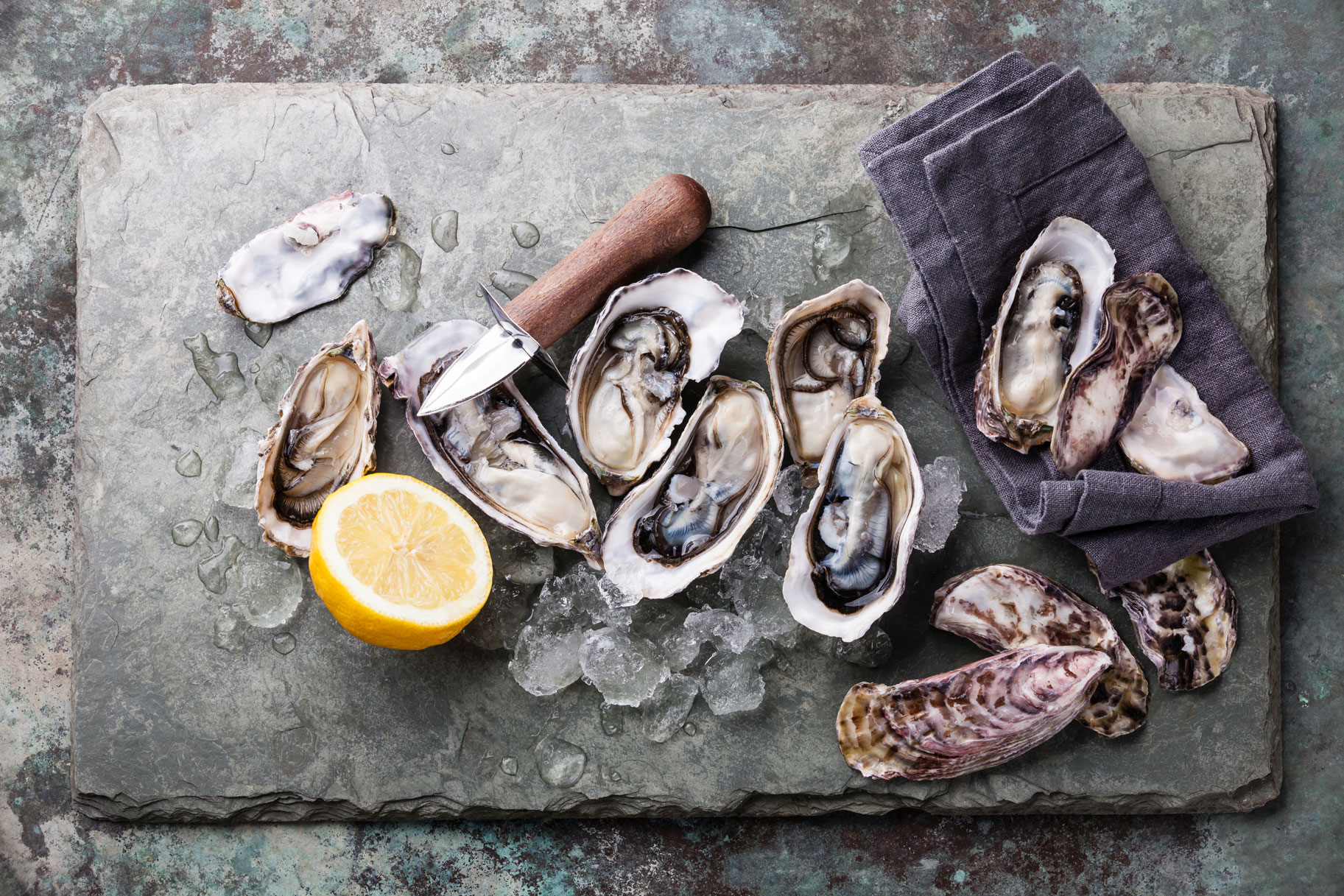
Create a free profile to get unlimited access to exclusive videos, sweepstakes, and more!
This Woman Died From Flesh-Eating Bacteria After Eating Oysters on Vacation — But Why?
It seemed to be an otherwise ordinary trip for crabbing on the gulf coast.

Jeanette LeBlanc, a 55-year-old woman from Texas, went on a crabbing boat trip last September as part of travel to visit friends and family in Louisiana. Sadly, that trip took a tragic turn that led to her death.
According to People, LeBlanc and her wife Vicki Bergquist were among a larger group of family members who went crabbing on Lake Pontchartrain on September 23, afterwards stopping to pick up oysters from a local market. Within two days of that fateful but innocent-seeming stop, LeBlanc had been hospitalized for flesh-eating bacteria. Within the span of less than a month, she died from it.
Her wife told People that she's "an optimistic person" and really had no expectation she could lose her LeBlanc over the incident.
The story has naturally churned up significant concern among fans of oysters. Could it happen to others?
LeBlanc died from a flesh-eating bacteria after eating those oysters, however she wasn't the only person who ate them. So why then did it effect her in such a devastating way? “She ate more than everybody,” a friend told People. “She ate like a dozen more than everybody and nobody else got sick.”
Ultimately, doctors discovered LeBlanc was infected with vibrio, which is a bacterial infection contracted after consuming raw or undercooked seafood, but also potentially from exposing a wound to sea water, according to the Centers for Disease Control and Prevention. And according to the facts of the story, indeed LeBlanc had sustained a scrape to her hand when opening the shells.
"Several factors can influence whether a person contracts vibriosis from oysters," Amesh A. Adalja, an infectious disease physician and Senior Scholar at Johns Hopkins Center for Health Security, told The Feast. "Obviously, the bacterial concentration in individual oysters could vary, as well as the amount of oysters consumed," Adalja said.
As well, certain features of the individual eating the oysters could also influence the development of severe infection. "Liver disease is the primary risk factor. Other risk factors include iron overload states (too much iron in the body), HIV, alcoholism, certain types of anemia, kidney failure, and being immunosuppressed with medications, such as after an organ transplantation," Adalja explained.
Ultimately, it's always wise to be cautious around raw or undercooked seafoods of any kind — and of course, exercise extra caution if you have any underlying conditions such as those above that could put you more at risk than your dining and traveling partners.


























